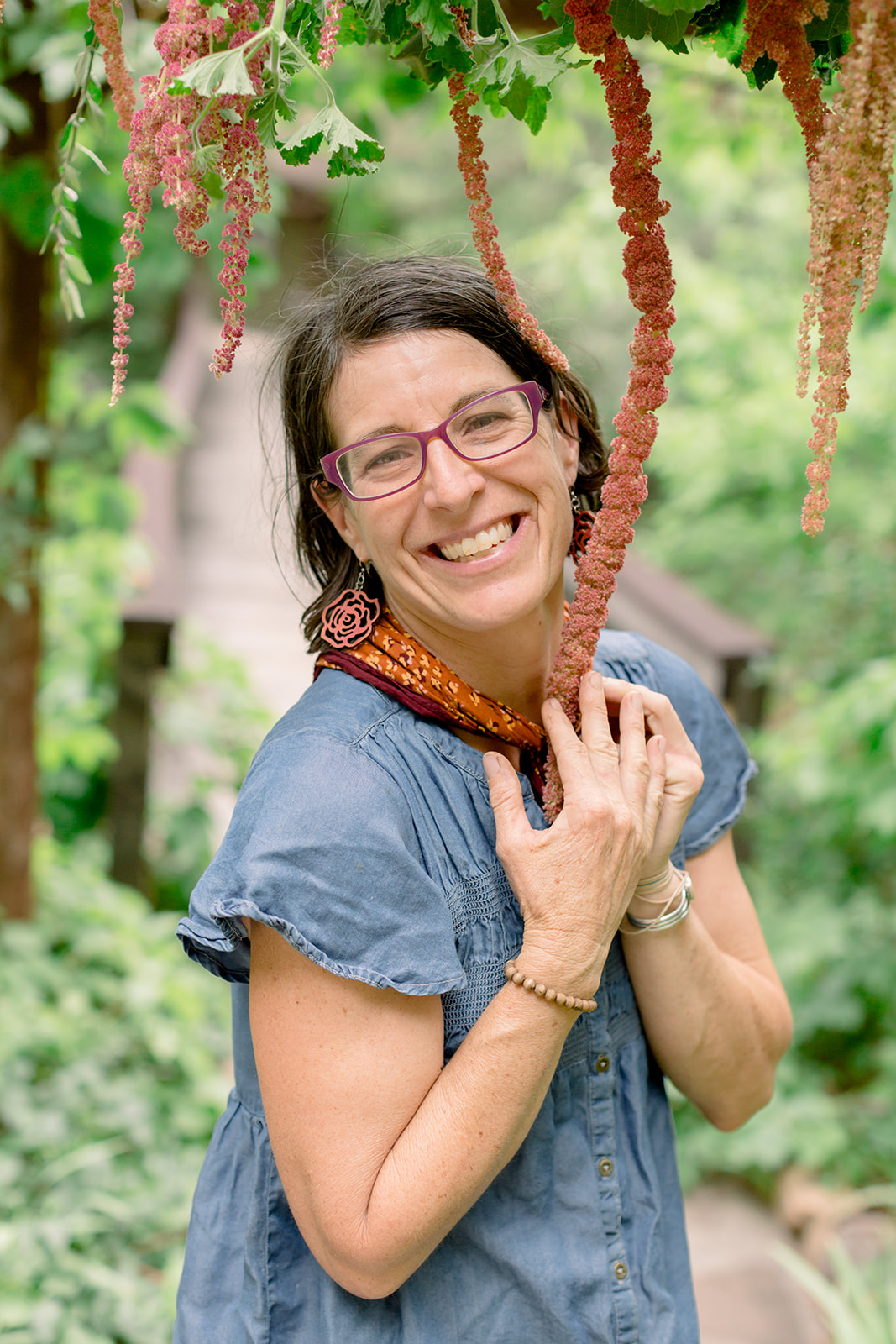A quick glance at my colorful mariachi hat collection can lift me from a gloomy November Sunday afternoon funk and into a mariachi state of mind.
Mariachi and norteño music travels that thin divide between melancholy and fist-pumping elation. The staccato notes of trumpets go straight to the empty places while the accordion notes cajole you to live in full color, like the traditional Mexican song “De Colores.”
I long to find my way into the heart of this music—to delve into this melting pot of influences that traveled from Eastern Europe to the plazas of Mexico and into the honky-tonk bars of Texas. This music transcends borders and all the many moods and stages of life—from heartsick love affairs, to longing for the family ranch, to pride in homeland. It makes you want to dive off into your deep pool of emotion and splash around in it. Mexican music is medicine; it is good for what ails you.
But in Flagstaff to get a good dose of horn section therapy you have to wait until Calexico and Sergio Mendoza come to town once a year. And I’ve heard there is a norteño band in town, but I have yet to see a band of mariachi singers wandering Heritage Square.
I was walking down Leroux Street on a recent Flagstaff fall day. The sky was a piercing blue and the smell of sweet decay mingled with warm sunshine as the trees surrendered to shorter days. It sparked feelings that were both exhilarating and wistful. The sound of traditional Mexican guitars and three-part harmonies wafted out into the afternoon breeze from inside Ulibarri’s barbershop and met me on the sidewalk. I ducked inside and listened to the fullness in their voices and felt my mood swell with the mix of pensive and uplifting emotions. Mr. Ulibarri, the barber, and his two friends were practicing for a gig that weekend and were happy to have an adoring audience member.
I remember nights in Mexico with music. Once, on the way home from spring break trip to Seriland with a Gary Nabhan class, we stopped for a night in Bahia Kino to see a local norteño band.
The music surrounded our table, wrapping us in the perfect curl of salty waves, until we were buoyant. The old accordion player, thin and brown skinned, wore an all-white cowboy suit with pearl buttons and snakeskin boots. His shining eyes seemed to reveal that I was his favorite gringa granddaughter. He swayed with his instrument, rocking to and fro on the heels of those boots and solicited requests. “Play your favorite song!” I cried in elementary Spanish (now a few margaritas down the road).
“Todos son mis favoritos!” Of course, they are all his favorites.
God took the former fisherman’s right leg but left him the 12-string guitar, and a voice that poured out so clear and strong that I felt a force of beauty pass straight through my body; as if a flock of small birds fluttering across a clear sky—sudden and startling. His pant leg was folded neatly into his belt and he leaned on a single crutch.
The serious-looking vaquero guitar player was not afraid to belt out a love song like a brazen Broadway star. His steadfast gaze was an invitation to apprentice in the world of spirits and songs—at least for this one night.
The bass player was short and wiry with a flat, angled nose and a ceaseless smile. His bass towered above him with only three clumsy strings. The neck was worn bare to exposed, splintered wood from the vigor of his playing. The bass was his dance partner and the percussion section and he spun and thumped us into a trance. We were all spectators, transported to this place through these songs by the pure grace of witness.
The band’s piercing harmonies incited us to start howling like wild things—coyotes, macaws and monkeys. The entire restaurant took to the dance floor, swinging, clapping and twirling for the elation of it. It was not possible to stay seated, as we surrendered to a place of unrestrained unselfconsciousness.
We are healed by our connection to music that transports us to a place where the divide between people, language and border fences seems so much smaller.

